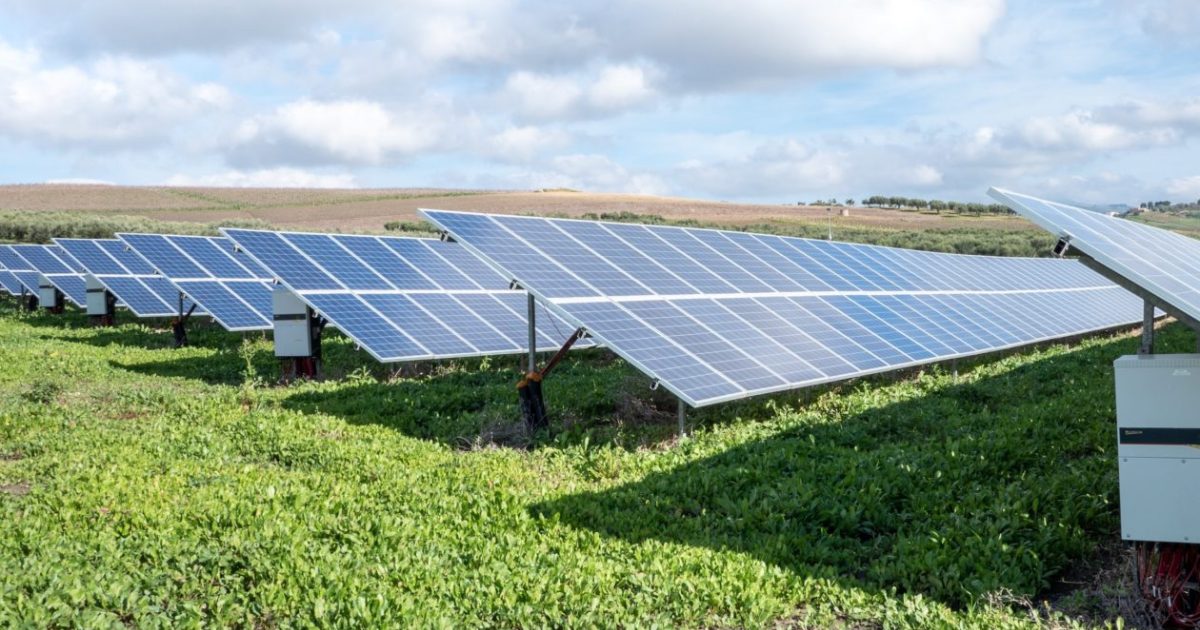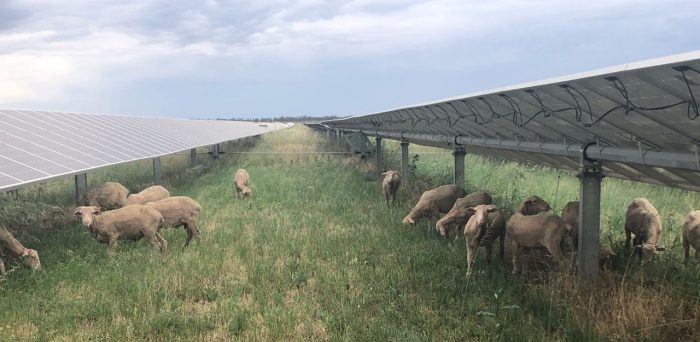
Victoria’s Mount Alexander Shire Council will decide the fate of FRV’s development application for a proposed solar farm in Ravenswood South this evening.
—-
UPDATE December 16: The Bendigo Advertiser reports “conflicted” Mount Alexander Shire councillors have approved the development application for Ravenswood Solar Farm.
—-
Ravenswood Solar Farm is to be built on private land located off the Midland Highway at a site approximately 14km north of Castlemaine in Victoria’s Goldfields region. The 63MWac project is to consist of approximately 185,000 solar panels installed on single axis trackers across a 306-hectare site, and will also include a 20MWh Battery Energy Storage System (BESS). The facility will connect to the electricity network via the existing 66kV Bendigo to Castlemaine Powerline running along the eastern boundary of the site.
FRV expects Ravenswood Solar Farm to generate 210,000 MWh of clean electricity a year (which seems rather ambitious given capacity) – enough to supply the electricity needs of the equivalent of 40,000 households, while avoiding 150,000 tonnes of emissions annually.
FRV submitted the development application for the facility to Mount Alexander Shire Council in June 2019 and at that point envisaged the solar farm commencing operations next year – which has turned out to be a little optimistic. Assuming the project gets a green light, construction is expected to take 12 months and around 150 jobs will be created during this phase, with up to five further ongoing jobs available once the solar farm is operating
The notice of the application resulted in seven objections and one letter of support.
Solar And Agriculture A “Balancing Exercise”
A report provided to Council acknowledges “policy tensions” that exist between supporting solar energy facilities and the protection of productive agricultural land; but states:
“.. the application should be supported as the land can support the establishment of a renewable facility at this location, through its siting and design, whilst minimising and managing its impact on the amenity of the area.”
While the subject land is acknowledged as being locally productive farming land, it hasn’t been identified as being strategically significant.
The recommendation to Council is to issue a Notice of Decision to grant a planning permit, with conditions.
It Doesn’t Always Have To Be Either/Or – Agrivoltaics
The Ravenswood South site is extensively cleared and currently used for grazing. It doesn’t appear grazing activity will continue once the solar farm is constructed, assuming it goes ahead. The report to council notes “the use will remove the land from agricultural purposes for an extended period of time.”
It’s becoming increasingly common for solar farms to allow for continued grazing activities – this is referred to as “agrivoltaics” or “agri-solar” and may assist developers in getting projects over the line both within communities and with councils. A very recent example of agrivoltaics at work is the recent introduction of 300 sheep to Wirsol Energy’s Gannawarra Solar Farm in Victoria.

Image: WIRSOL via LinkedIn
Aside from the social licence aspect, agrivoltaics is a win-win arrangement where local farmers benefit from the ability to rotate livestock across grazing areas, while the solar farm owner can save on costs associated with vegetation control. The sheep look pretty happy too.
A proposed major solar farm project in New South Wales that will also incorporate “agri-solar” principles is Trina Solar Australia’s Glenellen Solar Farm. The agrivoltaics angle is likely crucial to this project being approved as the site is classified as Important Agricultural Land.
While FRV awaits a decision on Ravenswood, the company has been able to celebrate another decision on an Australian project. Early this month, FRV announced it had been granted development approval by the NSW Independent Planning Commission for the 300 MW AC Walla Walla Solar Farm in New South Wales. FRV notes sheep grazing can continue on the site and co-exist with the solar farm’s operations.

 RSS - Posts
RSS - Posts



Speak Your Mind